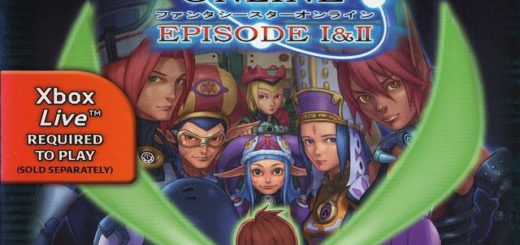SONY promette vita facile per lo sviluppatore
A quanto pare, pur se non è arrivata ad elencare prodotti come MS ne ha avuto società che hanno “garantito” il loro supporto, Sony è stata chiara nell’indicare che lavorare su PS3 sarà molto più facile che non su PS2.
E la cosa non può che far felici indicando che la qualità media delle produzioni su PS3 si alzerà rispetto a PS2.
Ecco l’articolo.
Vale la pena anche leggere la parte in neretto che chiaramente mostra quanto i chip non siano fatti di magia e quanto il Cell, per quanto molto diverso, concettualmente non è così lontano da un IBM Power Chip.
Riconfermando così proprio per bocca di Sony un articolo già discusso sul forum di Tekwar
GDC: Sony promises developers an easy ride on PS3
Market leader pledges to avoid the mistakes of the last generation.
Game development for Sony’s next-generation PlayStation will be made significantly easier by the availability of high-level, familiar tools and interfaces for the platform from the outset, SCEA dev relations manager Mark DeLoura has promised.
Speaking at one of the first ever open sessions on PlayStation 3 development, DeLoura focused on Sony’s efforts to ensure that the platform is easy to get up and running on – addressing common concerns that the new Cell architecture may be difficult for developers to get to grips with.
The shadow of the difficulties developers faced with PlayStation 2 still looms over Sony, to the extent that even Microsoft’s J Allard had a pop at the company’s developer-unfriendly track record in his keynote address on Wednesday morning.
The PlayStation Portable’s comprehensive set of tools and APIs has largely been well-received by developers, but for PlayStation 3, the company plans to go even further – adopting a number of familiar industry standard systems that will give game creators a running start on the platform.
DeLoura told a packed audience that Sony is working with the consortium behind well-known PC graphics interface standard OpenGL to create a specialised version of the library which is optimised for interactive games, by stripping out much of the unnecessary bloat in the library.
The second part of the firm’s graphics software will be Cg, a high-level language created by NVIDIA for programming shaders to create advanced graphical effects, which is rapidly becoming the standard way to build these effects on the PC platform.
In terms of the Cell microprocessor itself, it would be difficult for any tool to fully mask the complexity of moving to a multi-processor architecture – a problem which developers on Microsoft’s Xenon platform will also face – with SCEA research director describing the task of making all the processing units work together as being similar to writing music for an orchestra.
However, Sony has at least pledged that the chip will be easy to control with C code, rather than requiring the hand-coding of large blocks of low-level assembler – one of the major difficulties of PlayStation 2 development, which tripped many projects up in the early days of the platform before coders began to specialise in that field.
Sony’s announcements served as a timely rebuttal to J Allard’s comments only a few hours before, and suggest that the company is taking the question of developer support extremely seriously with PlayStation 3. The news was welcomed by developers at the show, but didn’t seem to come as a surprise to many.
“The next PlayStation is basically using a PC style graphics part, and Cell is basically an IBM Power chip with some extra pipelines,” one US developer commented after the presentation. “It’s not that different to Microsoft’s box – we think it’s a bit more powerful, but the basic hardware is kind of similar. It makes sense that both of them will have good tools this time around. It won’t be like last generation when Xbox was a coder’s friend and PS2 was a nightmare. Sony won’t let that happen.”
Sony also revealed that it is working closely with the creators of key development tools to build a standard format for storing game assets, called Collada, which will be based on the XML specification and will allow assets to be easily ported between projects and tools.
Fonte: McValdemar (www.andtek.org)


